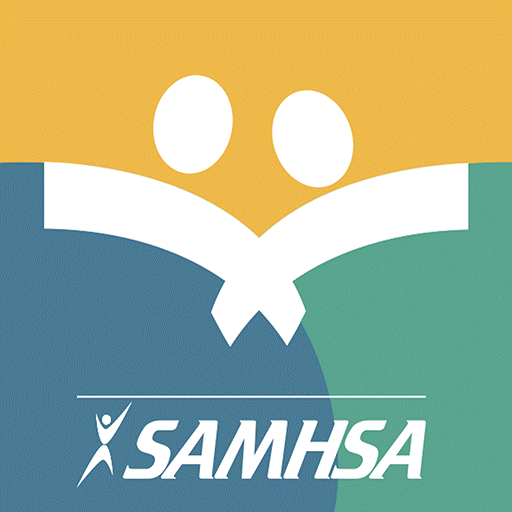Help is Available!
Contact your local county screening center today:
New Jersey Designated County Screening Centers
Center For Family Services recognized that death by suicide can be prevented and made a commitment to implement the Zero Suicide framework at Center For Family Services in September 2020. Since that time, the Center For Family Services applied and was accepted to the Zero Suicide Academy. The foundational belief of Zero Suicide is that suicide deaths for individuals under the care of health and behavioral health systems are preventable. All the Chairs of the Center For Family Services Zero Suicide Committee were trained and an agency-wide Zero Suicide Committee was established.
Zero Suicide Seven Elements 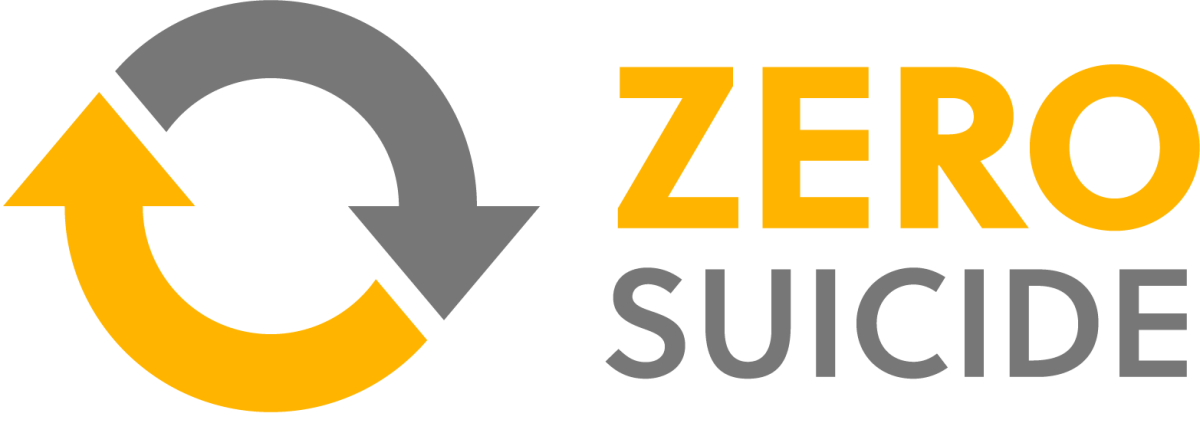
email [email protected].
Make the Connection - National Suicide Prevention Month
By: Donna Wess, MS, LPC, LCADC, ACS
September is National Suicide Prevention Month. Many people become uncomfortable discussing suicide. It’s a topic surrounded by stigma and fear. But the more suicide is talked about, the more society can do to help prevent it. Center For Family Services invites you to take action this September by learning how you can be part of the change and help prevent suicide in your community.
Let’s start with the statistics. According to the American Foundation for Suicide Prevention:
• There are about 132 suicides per day in the US
• Suicide is the 2nd leading cause of death for ages 20-34
• It is the 3rd leading cause of death for ages 10-19
• And the 4th leading cause of death for ages 35 - 44
• 54% of all firearm deaths were suicides
The statistics are heartbreaking. They are comprised of someone’s child, partner, a best friend, a grandchild, an individual who was in such despair that they ended their lives by suicide. The survivors – the family and friends - left behind to sort through their memories, trying to determine what happened, and wondering if they were somehow to blame.
There are multiple websites devoted to suicide prevention and they all touch upon the same theme: connection. The power of human connection. It is real, and it can change lives. Each, and every, one of us has the power to change a life. Sometimes the smallest acts of kindness can save a life.
988 Suicide and Crisis Life Line’s #BeThe1to campaign is an important resource that can help you take action to prevent suicide. These five simple steps promote hope and recovery.
ASK
There is no simple answer to why someone might consider suicide as an option to end their suffering. Individuals contemplating suicide may find themselves having difficulty coping with life’s adversities, such as the loss of a loved one, having financial problems, job loss, lack of housing, legal issues, social isolation, bullying, prejudice, feelings of being a failure. It may involve mental health issues, abuse, trauma, chronic pain, or substance use.
The National Institute of Mental Health identifies behaviors which may mean that someone is considering suicide:
• Talking about wanting to end their lives
• Feeling trapped or humiliated
• Feeling as if they are a burden to others
• Feeling sad, anxious or full of rage
• Being in intense emotional or physical pain
• Withdrawing from people and activities
• Giving away prized possessions
• Increasing the use of drugs or alcohol
Checking in with someone who may be having thoughts of suicide does not increase the likelihood that the person will act on those thoughts. Actually, just the opposite. According to the National Alliance on Mental Illness (NAMI), asking if a person is considering suicide may prove to be helpful. We also know that when people consider suicide it is because they want to end their suffering. They may feel helpless, and unable, or unworthy, to reach out for the support they so desperately need. Just by asking, by checking in, by supporting a friend, co-worker or family member, you are offering a lifeline.
BE THERE
By dropping all judgments, and really listening to someone, we may help the individual gain perspective, and reduce feelings of being overwhelmed, trapped or hopeless. Find out what they really need. What would be a reason for them to want to continue to live? Without imposing your own views, really hear what they are saying.
KEEP THEM SAFE
Reducing access to lethal means is imperative. Remove the guns, remove the pills. Firearms, in particular, are more lethal than other means. According to research from the Harvard T.H. Chan School of Public Health, 85% of suicide attempts with a firearm prove to be fatal. Compare this to most other methods, which have a fatality rate below 5%. Being able to access a firearm in the desk drawer is a much greater risk to a person contemplating suicide, than if the gun was removed from the home, or safety locked away. Placing a temporary distance between the individual at risk and the pills, firearms or other lethal means can save a life.
HELP THEM STAY CONNECTED
Take the time to assist the person at risk to develop a support network of people they can turn to when in crisis. This could include helping them create a safety plan, and identifying who they can contact for help, such as a trusted family member, therapist, or the local hospital, or other community resource. Here are some resources to consider:
• Local county screening centers
• 988 Suicide & Crisis Lifeline - Available 24/7 for confidential support.
• “Suicide Safety Plan” app - Free on the App Store or Google Play
• Your local mental health association (https://www.mhanj.org/)
FOLLOW UP
It’s all about connection. Once you’ve helped someone develop a link to supports, check in and see how the person is doing. Call, send a text, email or stop in to see them. Is there anything else you can do to help? It may not seem like much, but by reaching out you may reduce their risk of suicide.
Suicide prevention may seem like a daunting task. Often, loved ones, or close friends, don’t want to make a false move – they are afraid they will do more harm than good. But the good news is that research tells us that we as individuals can make a difference. The more you know, the more lives we can save. Making these small connections can make a huge impact on someone’s life. Be the one to be there. Be the one to save a life.
References
American Foundation for Suicide Prevention, https://afsp.org/
Harvard T.H. Chan School of Public Health, https://www.hsph.harvard.edu/
National Alliance on Mental Illness, https://www.nami.org/home
National Institute of Mental Health, https://www.nimh.nih.gov/
https://www.nimh.nih.gov/sites/default/files/documents/health/publicati…
The 988 Suicide & Crisis Lifeline, https://988lifeline.org/
For more information watch this video that expands on the # BeThe1to steps: https://www.bethe1to.com/watch/
Previous Blogs
- July 2023: Social Media and Youth Mental Health
- April 2023: They Called it a Murder/Suicide
- February 2023: The Least of Us, Mental Health and Suicide - From a Diversity Point of View
- September 2022: 988 is the 911 for Those in Mental Health Crisis
- August 2022: Resilience
- June 2022: Coping with Stress
- May 2022: Checking in on your Mental Health
- April 2022: Suicide Risk During Pregnancy and Post Partum
Internal Training
QPR Training (Question. Persuade. Refer.)
For assistance with your Relias account, or if you do not have a Relias account, please email your request to [email protected]. To request accommodations for this, or any other live training, please email [email protected].
External Trainings
CBT for Suicide Prevention from the Beck Institute
Led by Dr. Rob Hindman, this interactive on-demand course presents an evidence-based, Cognitive Behavior Therapy (CBT) approach for suicide prevention. You’ll learn to conduct a thorough suicide risk assessment, strengthen the therapeutic relationship, conceptualize suicidal ideation and plan treatment, develop a safety plan, and much more.
Assessing and Managing Suicide Risk (AMSR) from the Zero Suicide Institute
AMSR teaches best practices in caring, confident suicide care. Assessing and Managing Suicide Risk (AMSR) training helps health and behavioral health professionals feel confident providing compassionate care to people at risk for suicide. AMSR is based on the latest research and is designed to support safer suicide care practices, such as Zero Suicide. The AMSR research-informed risk formulation model offers key strategies to navigate challenging conversations and systemic barriers. AMSR teaches a prevention-oriented risk formulation focused on planning not predicting.
Websites
Free Brochures and Shareable Resources
Crisis Hotlines
- Designated Screening Services in New Jersey. Each county in New Jersey has a Designated Screening Center for each county for psychiatric emergencies, crisis intervention services, information and referral services.
- National Suicide Prevention Lifeline: The Lifeline provides 24-hour, toll-free, and confidential support to anyone in suicidal crisis or emotional distress. Text, call or chat with a skilled, trained counselor at a crisis center in your area by dialing 988. Support is available in English and Spanish. To learn more about Lifeline and the launch of 988, click here.
- Disaster Distress Hotline: People affected by any disaster or tragedy can call this helpline, sponsored by SAMHSA, to receive immediate counseling. Call 1-800-985-5990 to connect with a trained professional from the closest crisis counseling center within the network.
- Veterans Crisis Line: This helpline is a free, confidential resource for Veterans of all ages and circumstances. Call 1-800-273-8255, press "1"; text 838255; or chat online to connect with 24/7 support.
- Crisis Text Line: Text HELLO to 741741 for free and confidential support 24 hours a day throughout
Infographics & Images
Right click each image to save and share.
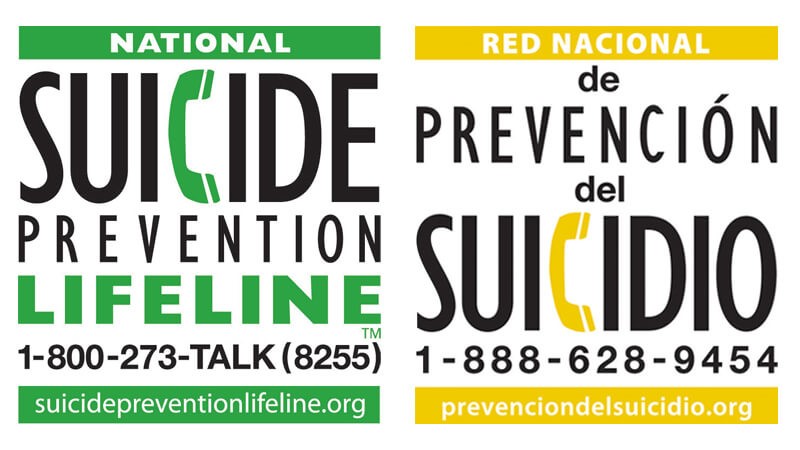

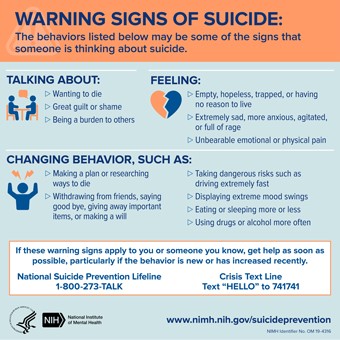
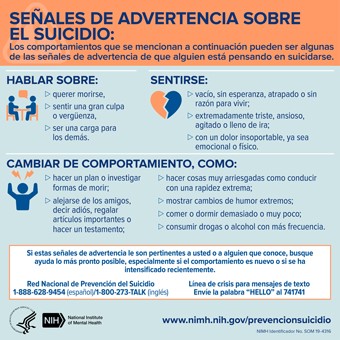
Apps for Helper User Recommended by Suicide Prevention Alliance
Click each image to learn more about app and to download
SAMHSA Suicide Safe
Virtual Hope Box
Multimedia Suggestions from the National Institute of Mental Health
Suicide Prevention During Covid
Hope Through Early Prevention and Intervention
Understanding Suicide Risk Among Children and Pre-teens
Experts Discuss Suicide Prevention Strategies
Articles
What Are We Reading Now?
The Silence that Binds Us by Joanna Ho
After Suicide Loss: Coping with Your Grief, 2nd Edition by Jack Jordan, PhD. and Bob Baugher
No Time to Say Goodbye: Surviving the Suicide of a Loved One by Carla Fine
Counseling Suicidal People, A Therapy of Hope by Paul G. Quinnett
Suicide: The Forever Decision by Paul G. Quinnett
Why People Die by Suicide by Thomas Joiner
The Perversion of Virtue: Understanding Murder-Suicide by Thomas Joiner
